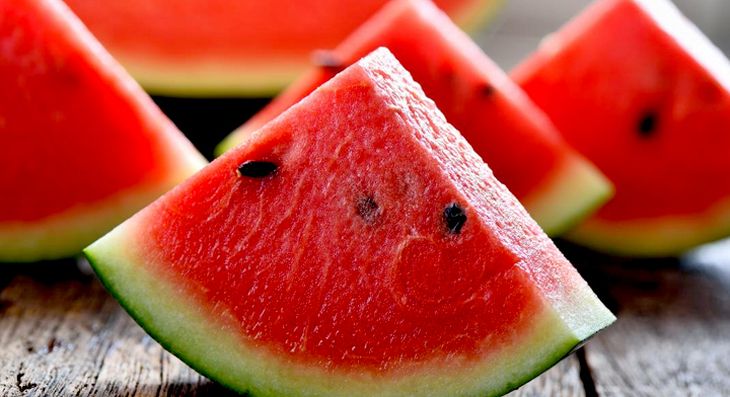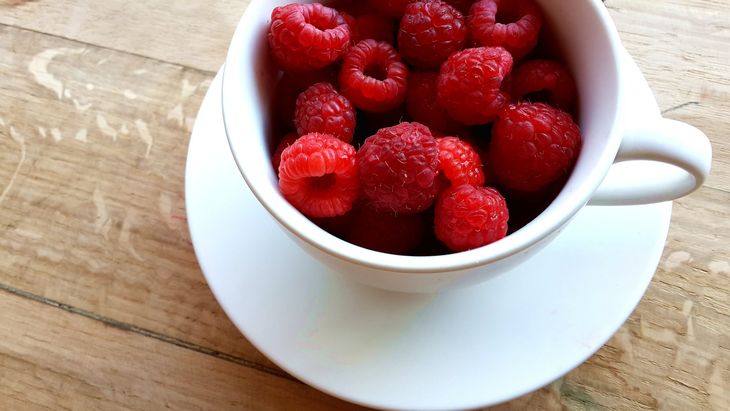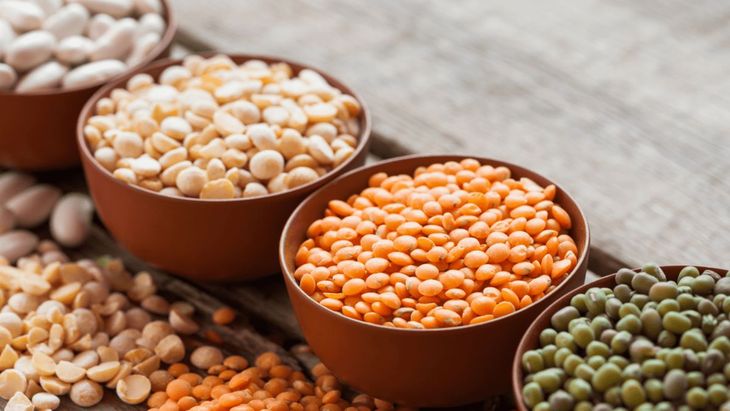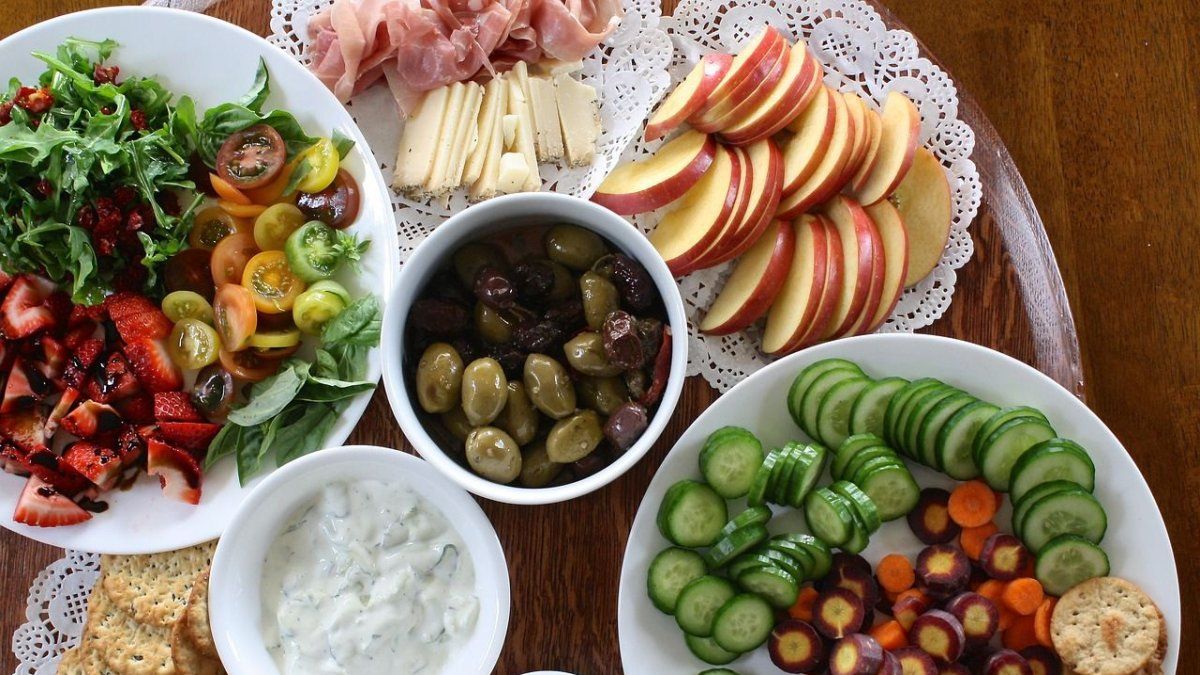He summer move forward with longer days, outdoor gatherings, vacation, beach and a lot sun. Is season of enjoymentbut the high temperatures forced to maintain alert and always be well hydratedmaking sure to consume the nutrients and the vitamins necessary to maintain our healthy body. Therefore, we bring you eight allied foods for the organism.
food.jpg
Your health manager.
It is worth mentioning that there are various food groups that are necessary prioritize in the daily:
- Vegetables: They are rich in fiber and provide a large amount of nutrients.
- Fruit: contain vitamins and minerals. Whole fruits are essential for a healthy diet. They contain vitamins and minerals.
- Cereals and legumes: Prioritize integrals. They provide protein, fiber and B vitamins.
- Nuts and seeds: They are an excellent source of healthy fats.
fruits and vegetables.jpg

Weekly magazine
Summer of high temperatures and high sun exposure: what foods to prioritize to stay healthy and hydrated?
The doctor Ilanit Bomer – consulted by Green Food Makers – detailed what the food that should be prioritized summer to reduce the negative impact of high temperatures. Get to know them.
“Summer is a great time to start establishing healthy eating patterns, prioritizing real, whole foods, and improving our quality of life”explained the specialist. “I recommend taking advantage of this time of year by consuming seasonal foods, since they not only provide the necessary nutrients, but are tastier and more easily available.”he added.
1. Watermelon
Watermelon is the perfect food for summer, not only because it is in season, but because it is also hydrating and refreshing, which makes it perfect for hot days, and it also contains large amounts of vitamins A and C, and lycopenes ( a natural antioxidant).
2. Tomatoes
In addition to being delicious and fresh, it is very easy to grow them at home. They provide many antioxidants that help protect the skin from damage caused by sun exposure. One of the best ways to enjoy tomatoes is with a grilled vegetarian burger, and also in salads, skewers and bruschetta.
SANDIA_blog.jpg

3. Red fruits
Red fruits protect cells from oxidative stress and free radicals. Specifically, blueberries and raspberries have the highest levels of antioxidants among fruits consumed daily. They are delicious for preparing homemade smoothies and ice cream, as well as incorporating them into a snack with vegan yogurt and granola.
4. Cucumbers
This vegetable is very good because in addition to being very refreshing, it hydrates, is a source of vitamins A and C and contains electrolytes such as potassium and sodium, which can help replenish the body after many hours in the sun.
red fruits.jpg

5. Peaches
Peaches are the essential fruits of summer. Due to its sweetness and juiciness, there is no more perfect food to eat on hot days. In addition to providing vitamins A, C and fiber, they help keep the skin hydrated.
How to consume them besides raw and fresh? With yogurt, in a vegan peach pie, or roasted with cinnamon.
6. Eggplant
Source of fiber, vitamins C and K, copper, manganese and thiamine. It also contains phytonutrients associated with a lower risk of developing chronic diseases. A delicious way to consume eggplant is in breading, like a Milanese. It can be with panco, oatmeal or cereal. They are also often used as a replacement for dough in healthy lasagna.
SAN PEDRO- Peach and Production Festival (1).jpg

7. Peppers
They are a source of vitamins A, C and B complex, even providing a considerably greater amount of vitamin C than citrus fruits. It also has fiber, copper and manganese. Red, green and yellow peppers can be consumed cooked or raw, and even sauces and dressings are made from peppers.
8. Legumes
They are a source of vegetable protein, fiber and iron. Among the favorites are black beans, red beans, lentils, and chickpeas. In a plant-based diet we incorporate them daily, they can be added to salads, consumed as hummus, homemade hamburgers among other options.
Legumes.jpg

PBA College of Nutritionists
To conclude, the doctor explained that we have to be creative finding new ways to improve our dietincorporating seasonal fruits and vegetables. “To make sure we add more variety, we have to think about color. The more colors our plate has, the better.”, he concluded.
Source: Ambito
I am an author and journalist who has worked in the entertainment industry for over a decade. I currently work as a news editor at a major news website, and my focus is on covering the latest trends in entertainment. I also write occasional pieces for other outlets, and have authored two books about the entertainment industry.




